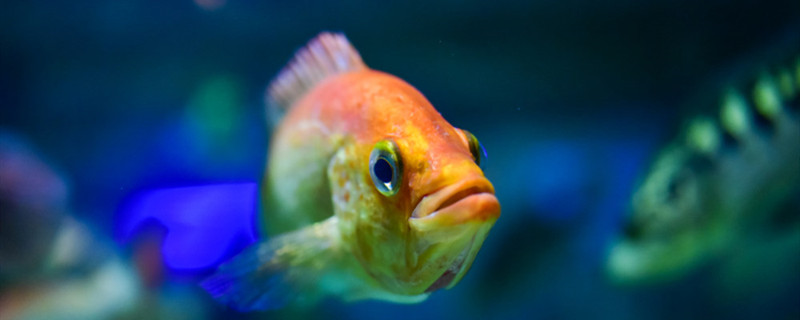
Fish have no eyelids. Eyelids, also known as eyelids, have two functions, one is to protect the eyes, the other is to make the eyes moist by turning over. Fish themselves live in water and do not need to wet their eyes, so they do not need eyelids very much. But some sharks have nictitating membranes, or nictitating folds, similar to eyelids, which allow them to protect their eyes when hunting.
1. Pectoral fins: The pectoral fins are long behind the gill cover. For fish, their role is similar to that of the forelimbs of terrestrial animals. When it swims, it can play the role of balance and direction, and when it stops, it can maintain balance. If the swimming speed is very slow, the pectoral fins act like oars and stick to the body when moving highly, so as to slow down and brake.
2. Pelvic fins: If the pectoral fins are the forelimbs, then the pelvic fins for fish are similar to the hind limbs of terrestrial animals, helping the dorsal and anal fins to maintain balance, as well as helping the fish to rise, fall and change direction. Usually the position of the pelvic fin is not fixed, some are on the ventral side, some are in front of the pectoral fin, and some feed the throat between the gill cover.
3. Anal fin: The anal fin can coordinate the role of various fins, if not, the fish's body will be slightly shaken.
4. Dorsal fin: The dorsal fin keeps the fish upright and plays a crucial role in balance. If it is lost, it is easy to roll over. In addition, for some longer fish, the dorsal fin can also play a role in promoting progress.
5. Caudal fin: The caudal fin is particularly important for fish. It can not only determine the direction of movement, but also provide power. Without the caudal fin, there is no way to turn.